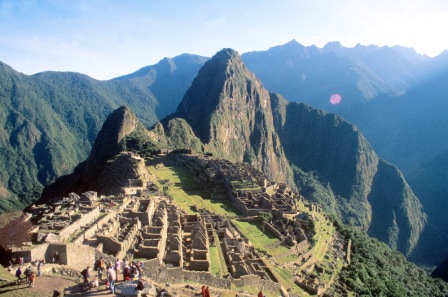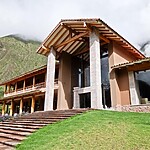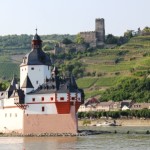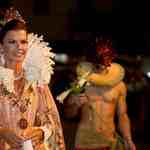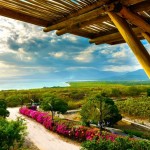The Incas may have vanished from Machu Picchu half a millenium ago, but their descendants are everywhere in the Peruvian Andes.
They carry babies on their backs in blankets, perch at market stalls in tall, tribal hats and occaionally engage in slightly disturbing activities like cooking guinea pigs over open coals. “Mestizos” they may be called, indicating intermarriage with their Spanish conquerors, but today’s Andeans look pretty indigenous and are proud of their rich and undiluted culture.
The Andes are the great glory of Peru, which is why most visitors head straight for Cuzco, a city so high up that hotels keep oxygen on tap. On good advice I repaired immediately to the beautiful Sacred Valley which lies between Cuzco and Peru’s major attraction, the lost Inca city of Machu Picchu, to acclimatise at slightly lower altitude – 8,000 feet vs. Cuzco’s 11,200 – for a couple of days.
There is so much to see in the Sacred Valley that many tourists miss by taking the train for four bone-rattling hours direct from Cuzco to Machu Picchu. It would be a shame to miss the impressive Inca sites at Chinchero and Pisac, both more famous for their Sunday markets, and the amazing concentric crop circles, thousands of years old, at Moray. There are also dazzling salt pans laid out like a white and silver patchwork, ladies in hats grilling guinea pigs in the streets of Lamay and a church up the hill which specialises in blessing new cars, garlanded with flowers, and their purchasers every weekend.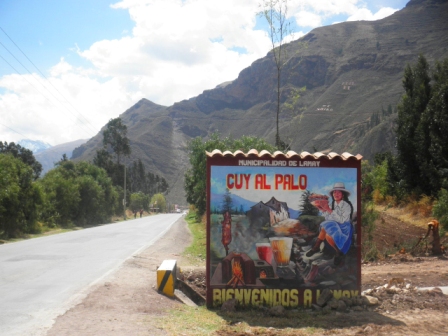
Best, the Sacred Valley has some very special places to stay. The casitas of Sol y Luna, set in beautiful gardens, recall a Mexican colonial hotel with their terracotta floors, heavy dark furniture, colourful textiles and whimsical carved figures. With two laid-back restaurants and a spa, it’s a peaceful base from which to adjust to the mountains and enjoy the surrounding villages.
Sol y Luna is just 20 minutes from the charming, buzzy town of Ollantaytambo from where the little trains of Inca Rail travel to Machu Picchu in just 90 minutes. It’s a beautiful ride, especially if you bags a seat on the left side, which follows the Urubamba River all the way to Aguas Calientes, base town for the ruins.
The best place to stay here is Inkaterra, an atmospheric nature lodge set amidst orchids and hummingbirds in the rainforest – and a stopover is paramount in order to get into the park at dawn next morning before hordes of daytripppers descend.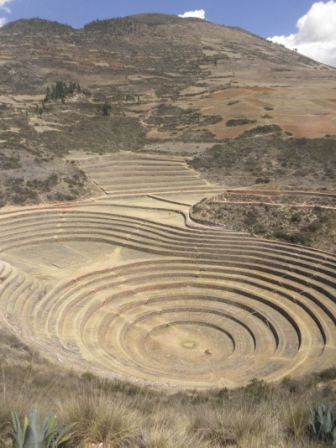
The ruins may be mediaeval rather than prehistoric, but the astonishing astronomical alignments of Machu Picchu’s stones, laid out on towering cliffs in the cloud forest amidst grassy plazas, cannot fail to impress; you need at least three hours of slow wandering, preferably with a private guide, to take it all in.
Back in Cuzco, fine accommodation choices include a much posher Inkaterra – La Casona is the only boutique hotel among the town’s many five-stars. With just a handful of suites built around a courtyard, it’s intimate and charming; just a shame the “no outsiders” ethos keeps non-residents out of the excellent restaurant.
La Casona is the direct opposite of Orient Express’s Monasterio almost opposite, a converted convent with hundreds of rooms and a packed restaurant where more very good food is served, with operatic accompaniment three times a week. The oxygen mask I was offered while waiting for my taxi by anxious staff concerned that altitude sickness was responsible for my waving away dessert is Cuzco’s equivalent of a VIP goody bag.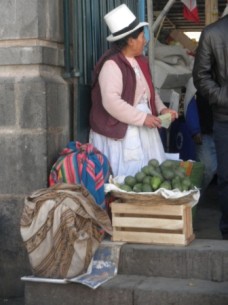
The Libertador, on the other side of the Plaza de Armas, Cuzco’s beautiful main square, is also worth consideration. A bit forbiddingly formal at first glance, it offers excellent service, brilliant beds and the city’s best breakfast buffet.
Not to be missed for a great, authentic lunch with plenty of buzz and live music is Pacha Papa, in the charming little suburb of San Blas, offering more eclectic shopping than the pricey alpaca shops and silversmiths in town(though Gifts of Cuzco, near the Libertador, is a classy exception worth a visit).
Before leaving Cuzco, it’s worth trekking just out of town to see the fabulous Inca ruins at Sacsaywaman(pronounce it “sexy woman”) on a hilltop just above the city. Looking out over the majestic red mountains almost touching the clouds scudding gently through intensely blue skies, it’s not surprising the Incas did whatever it took to grow food here without having to move – for which read laboriously building picturesque terraces to prevent soil erosion.
Beauty may not have been the principal aim of these mediaeval farmers, but on the “build it and they will come” principle, the world’s more intrepid tourists have flooded in to see their engineering miracles, and none who follow them to Cuzco, the Sacred Valley and Machu Picchu could possibly be disappointed.
Getting there:
HighLives specialises in tailor-made holidays in South America, particularly the Andes. They offer a week in Peru including 2 nights at La Casona, 1 night at Inkaterra Machu Picchu, 2 nights Sol y Luna and 2 nights in a four-star hotel in Lima from £2810 including all flights. Tel: +44 (0) 20 8144 2629

